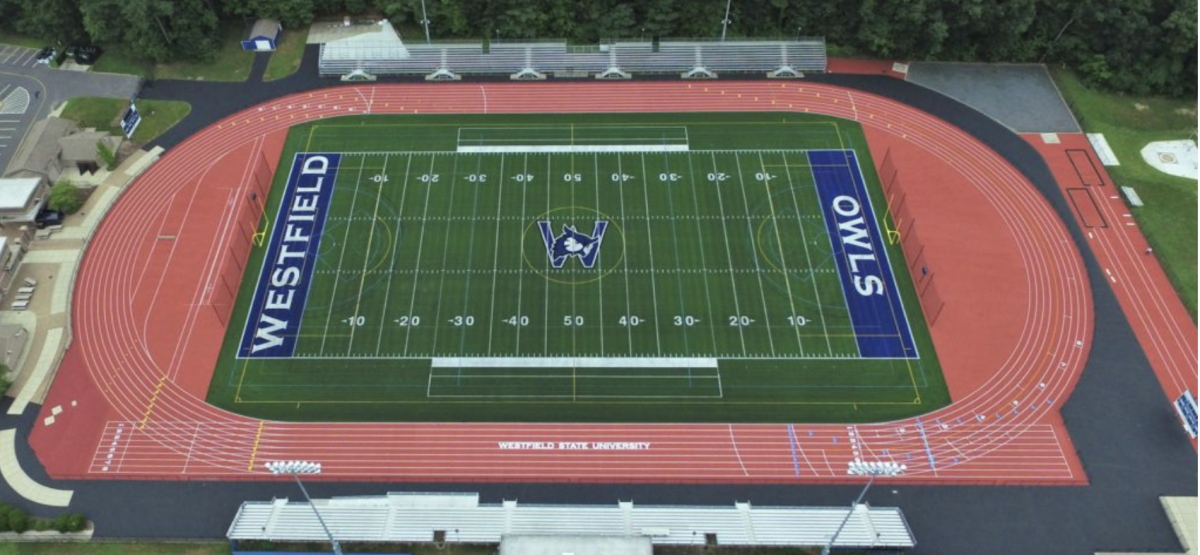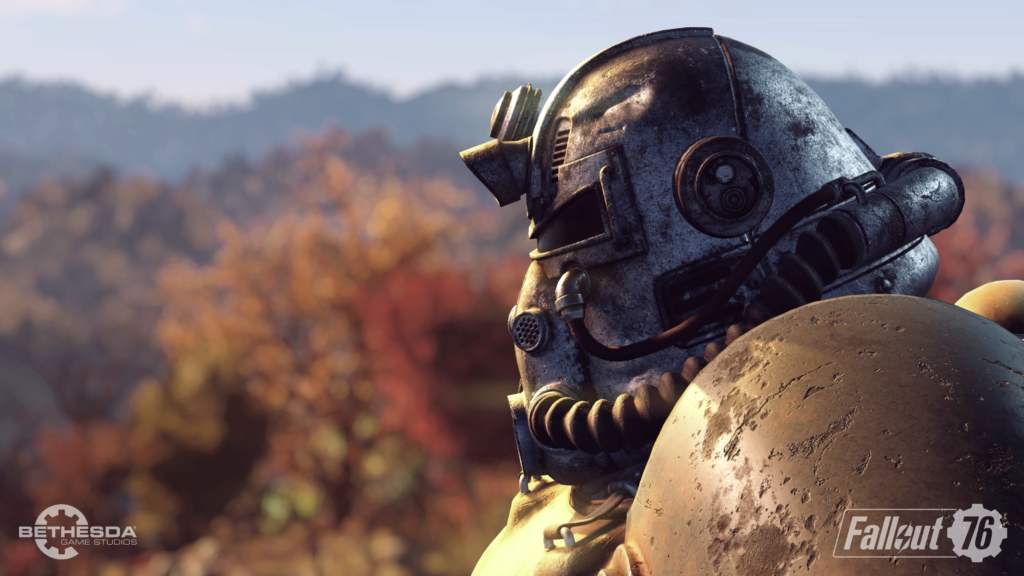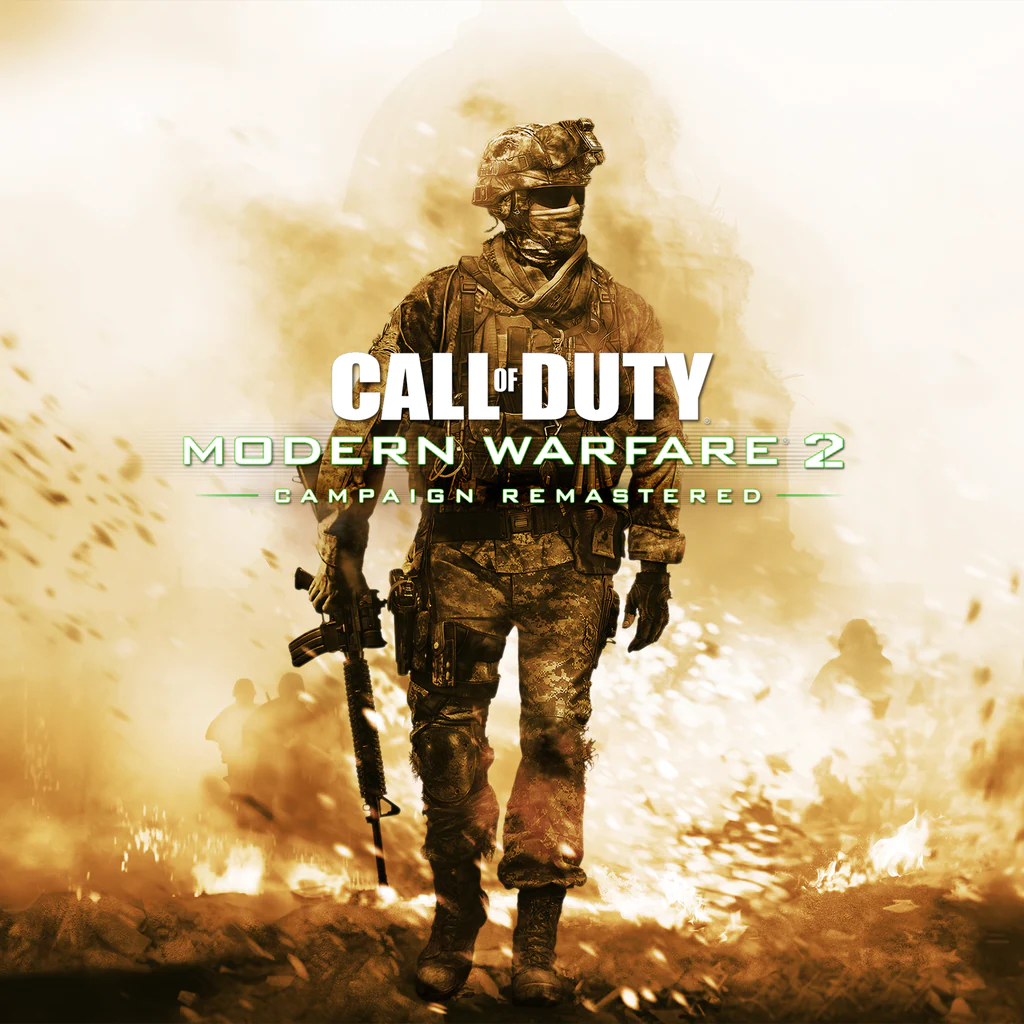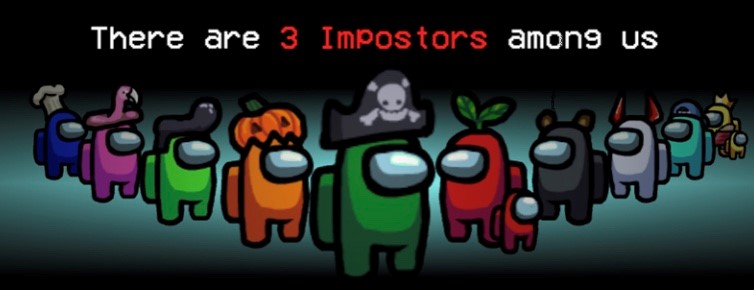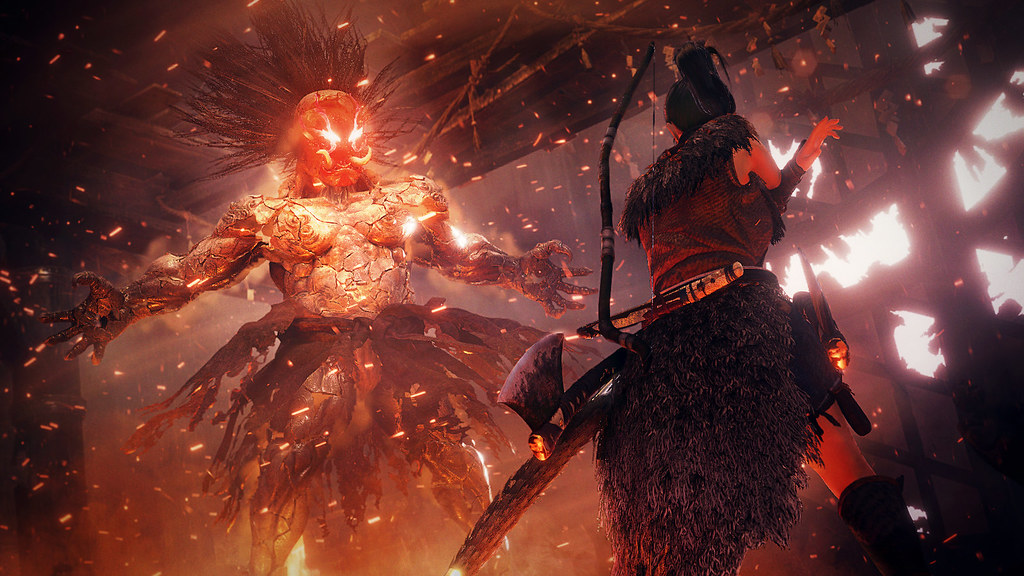When I play a game in preparation for a review, I generally try to get a feel for everything the game has to offer. Most of the time, that means completing the game, or sinking plenty of hours into a multiplayer component. However, as a first for me, I was unable to complete enough of either for a credible review of Fallout 76.
To make sure that I was able to play Fallout 76 with friends, I purchased the PlayStation 4 version of the game. I would later learn that I made a mistake in buying the console version, which wasn’t too much better than the PC version. I had just finished my Red Dead Redemption 2 review, and I was used to a game with a steady frame rate, incredible graphics, and minimal bugs. I knew Bethesda, the developer of Fallout 76, wouldn’t release a game nearly as refined, but I didn’t expect how inadequate it really was.
A Technical Disaster
So, why couldn’t I finish enough of Fallout 76 to write a review? Well, the game is unbelievably broken and unfinished. I genuinely can’t remember the last time I played a game that released with so many bugs and technical problems. Perhaps the most glaring issue, particularly on console, was the frame rate. For those unfamiliar, frame rate dictates the frequency of frames or slides that are displayed on a screen. 60 fps is quickly becoming the standard for almost anything on PC, while 30 is still the norm for older Xbox One and PlayStation 4 consoles. A steady 30 fps is generally the minimum before a game begins to appear laggy and slow.
Fallout 76 on console is also supposed to hold a steady 30 fps, but it is far from steady. Based on tests from Digital Foundry, simply walking around the map can drop the frame rate to 20 fps, even reaching 15 fps in extreme cases. Digital Foundry didn’t display any testing while they moved around in cities and towns, but I experienced what felt like 10 to 5 fps, even completely freezing at times. If you have never seen what that looks like, it appears as an incredibly slow slideshow, or some severe internet latency.
While I’m on the topic of latency, I should mention the servers as well. Fallout 76 is an online only game, which means servers are crucial to the experience. In my own short experience with the game, the servers crashed on me about eight different times. That means kicking me out of the game, and setting me back before the crash, causing me to lose progress.
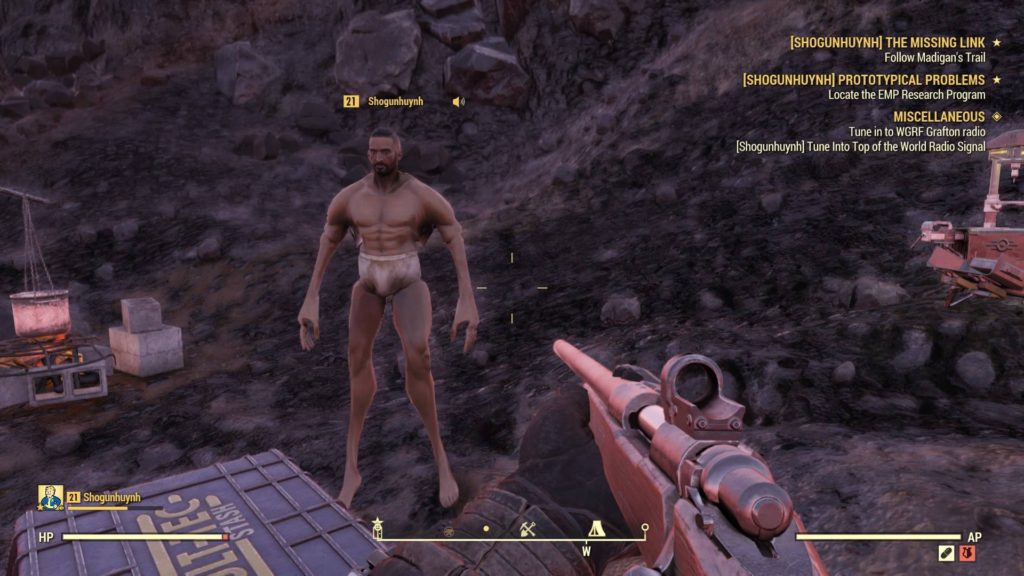
Servers and frame rate are by no means the only technical issues in the game. Enemy AI would get stuck in the ground or in walls. If they weren’t stuck, much of the time, they stood completely still anyway. The character models of any friends I played with could disappear or become distorted. Textures frequently didn’t load in and quest robots would bug out in some cases, causing a quest to break. In one instance, a friend and I walked into a cave and dropped dead for no reason, which caused us to lose even more progress.
Every issue I have brought up deals only with the glaring technical problems. There is far more wrong with Fallout 76 as a game, but that isn’t what this article is about, and I simply can’t get through enough of the game to give completely educated opinions on the design. Many other outlets were able to get enough time in, especially on PC where the frame rate isn’t entirely abysmal, and give scored opinions. In general, the scores are ugly.
This kind of mess is unacceptable in the games industry of today, especially when the base price is $60 dollars. Bethesda are known for their bugs at launch, and many years ago, it was acceptable due to the scope of their games. However, as developers continue to prove the polish and technical power that a game can achieve, those bugs become more unacceptable, yet Fallout 76 is perhaps the worst offender of any Bethesda game. In this year alone, games like God of War, Spider-Man PS4, and Red Dead Redemption 2 have released with incredible refinement and polish. Each one of those games is nominated for Game of the Year, and gamers understand what a game looks like when a developer takes their time and prioritize quality.
Bethesda and the Future
Many blame the engine that Bethesda uses to develop their games for the sheer amount of problems in Fallout 76. Technically, many engines are updated for years to create new versions with similar foundations. Bethesda uses the creation engine, which is an updated version of the 21-year old Gamebryo engine. It is undeniable though, just how dated the engine appears in Fallout 76. The graphics alone look old enough to appear in the previous console generation. Sure, some lighting effects and foliage look fantastic at times, but most of the map and character models are gross compared to other major game releases.
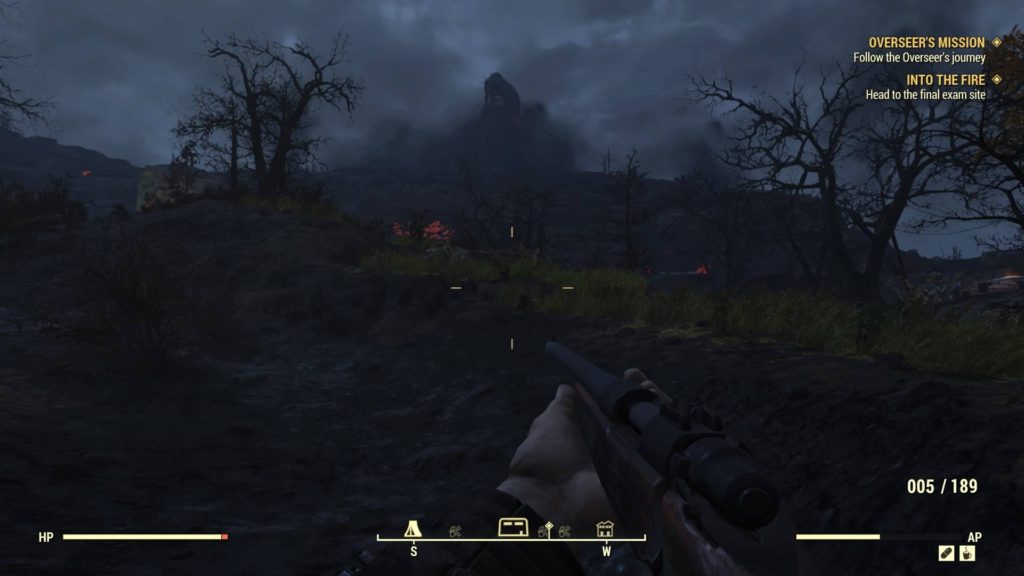
When Starfield and The Elder Scrolls 6 were announced earlier this year, I was optimistic for a new set of games from Bethesda that could potentially utilize a new engine for a new generation. Unfortunately, those hopes were shut down when it was revealed that the Creation engine would be utilized once again for future releases. This is perhaps the most concerning part of the entire Fallout disaster to unfold in November. It’s one thing to release one final mess on a dated engine, but something else entirely to continue its use afterwards. I am a huge fan of Bethesda, and it would be a shame to see them destroy their own reputation with further broken games.
Fallout 76 itself seems like a lost cause at the moment, but that doesn’t have to be entirely true. Another 50 gb update was released to patch some of the problems in the game. I believe some issues, like frame rate and AI, were slightly adjusted and there will be content released in the future. Endless post-release patches won’t be able to fix many of the core design decisions though, and they certainly won’t fix a horribly dated game engine. I believe that Bethesda can use Fallout 76 as a learning experience, and I hope to truly review their next game in the future.





